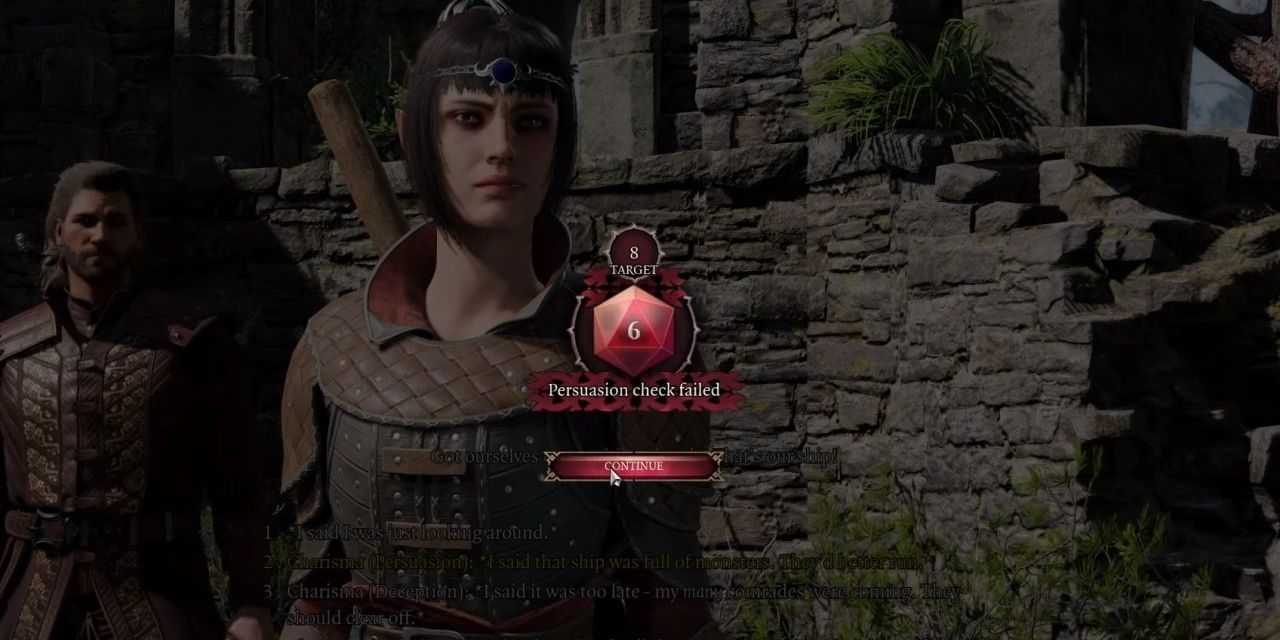Baldur's Gate has always been the RPG for Dungeons & Dragons fans. Based directly both on the D&D roleplaying system and world, those who've played the tabletop game will already know what to expect from Baldur's Gate 3: party dynamics, fantasy adventures and (perhaps most importantly) dice rolls. A bad dice roll can quickly turn a situation against the player in D&D, and the same can be said for Baldur's Gate 3.
However, developer Larian Studios has a solution for that, one that comes from the TTRPG itself. While video games offer players the opportunity to use save scumming (returning to an earlier save file) until the odds come out in their favor (something a tabletop game cannot do), Baldur's Gate 3 does what it can to keep players rolling with the punches.
Baldur's Gate 3 does something that many Dungeon Masters struggle with. The game understands the importance of failure in D&D and encourages the player to keep moving forward in the face of a bad roll. There's never a circumstance presented in-game where bad luck locks the player out of progression. The game may present a different character to help the player forward or a different item that'll take the place of one the party failed to receive earlier.
This keeps the player moving forward even in the face of failure, instead using it to help shape the story of the player's party. Some level of failure is inevitable in a tabletop game, and Baldur's Gate 3 carries that over to the video game format. Of course, players still have the option to reload an old save and try again, but discouraging save scumming actually helps players experience more of what game this massive game has to offer.
It also encourages experimentation with new party make-ups and character builds in future playthroughs. Failing certain dice rolls could certainly spike curiosity into what exactly was behind that door that the player couldn't pick.
By always providing an alternate solution to a problem, Baldur's Gate 3 puts both story and gameplay first without sacrificing either, encouraging the player to accept failure for the sake of both gameplay and story. If the player fails, it may open new experiences or quests, which help to flesh out the story of the player's party. Finally passing a stealth check after an entire session of trying and failing makes that last check feel so much better. It's a way for both video games and RPGs to show the kind of character growth that is an integral part of modern Dungeons & Dragons.
In Baldur's Gate 3, failure doesn't feel like failing; it simply feels like a chance to explore other options. In a way, a bad dice roll is less about what the player's party couldn't do and more about what the player's party does in response. From both a story and a gameplay perspective, Baldur's Gate 3 does exactly what Dungeons & Dragons does when it comes to player failure: it keeps the party moving forward.


